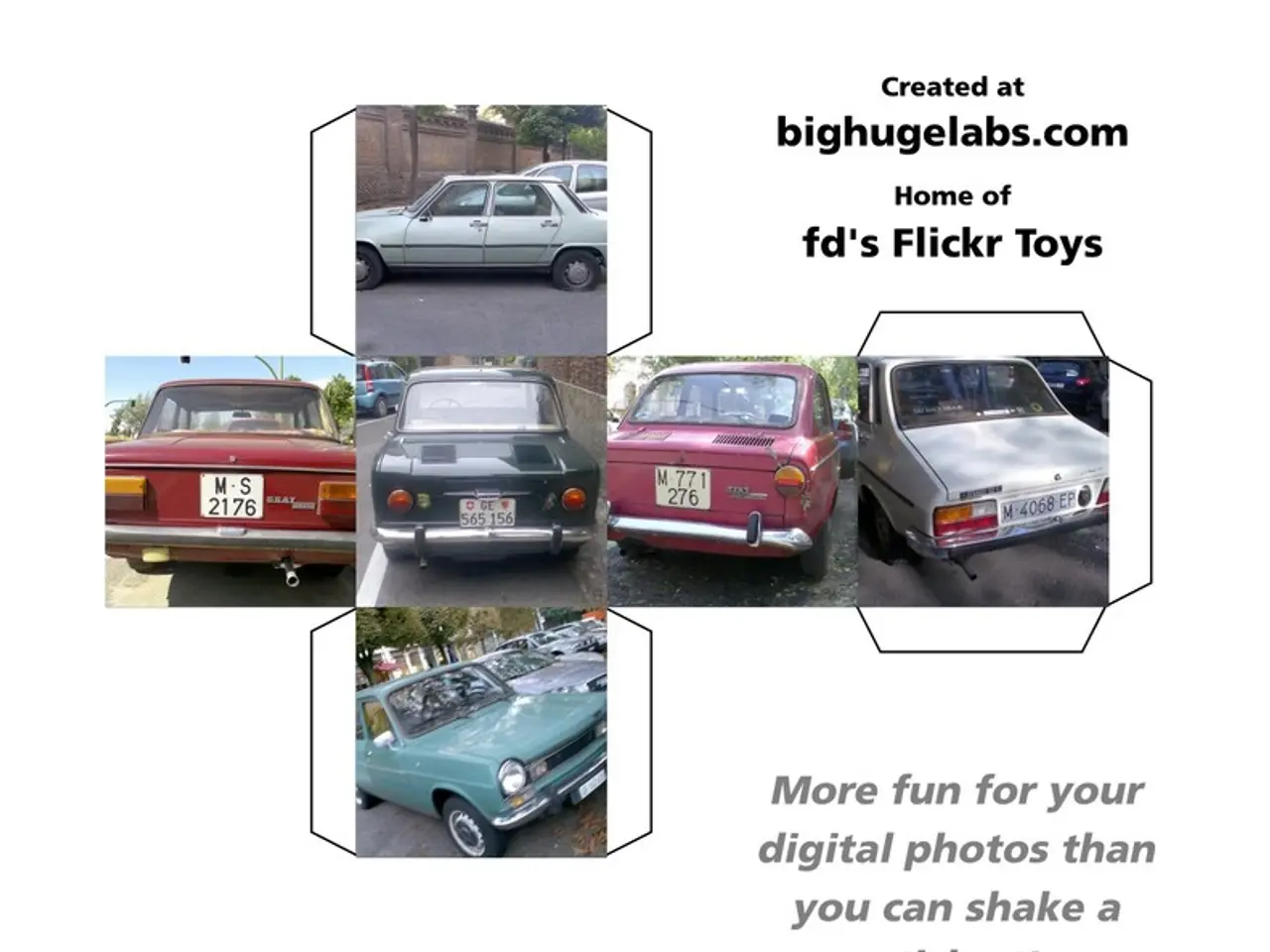U.S. repurposes shipping containers as secure underground shelters for off-site military nuclear facilities
Sandia National Laboratories Unveils Mobile High-Security Vault for Nuclear Weapons
Sandia National Laboratories, in collaboration with the Department of Energy's National Nuclear Security Administration (NNSA), has developed a revolutionary mobile, high-security vault designed to securely store and transport nuclear weapons. This innovation is part of a broader strategic push toward mobility and resilience in the deployment of nuclear assets.
Key Features
The mobile vault is designed to fit inside a standard 20-foot shipping container, making it highly portable and capable of being deployed to remote locations quickly. A 1:14 scale model of the Mobile Vault has been created to demonstrate its design and functionality, using miniature mock weapons for demonstration purposes. The vault is intended to provide robust security for the storage and transport of nuclear weapons, suggesting advanced security features to protect against unauthorized access or tampering.
Design Process
The design process likely involved several critical steps. Sandia Labs collaborated with the NNSA to ensure the vault meets all necessary security and operational standards for handling nuclear materials. The development was driven by a strategic need for mobility and resilience in nuclear weapon deployment, reflecting a shift toward more flexible and secure storage solutions.
The creation of a scale model indicates that the design has been thoroughly tested and validated to ensure its effectiveness in real-world scenarios. While specific details about the internal design and security features of the vault are not publicly disclosed for security reasons, the mobile vault represents a significant advancement in secure storage and deployment capabilities for nuclear weapons.
Innovative Approach
The team employed a quick design approach focused on adaptability and performance to meet the fast timeline. They used additive manufacturing and reused components to reduce development time by half. Two additional prototypes of the mobile vault are under construction.
Testing and Future Plans
The mobile vault will be tested during Grey Flag 25, a Department of Defense joint exercise simulating real-world operational conditions. Sandia officials say the next step is to transition the technology to industry for broader production and deployment.
Stephen Neidigk, a Sandia program manager, expressed excitement about the project, stating it was the most rewarding work in his career. Within two weeks, they selected a final concept from 10 potential designs. A scaled-down model, built for less than $500, helped guide the design process.
The result is a flexible, scalable solution for high-security storage in field conditions, offering new military and civilian mission capabilities. The mobile vault could be key in safeguarding weapons, nuclear materials, or other critical assets during transport or field operations, especially where traditional facilities are impractical.
The designers aimed to maximize protection within the vault's size and weight constraints, instead of setting a specific delay time. A 3D solid model allowed early procurement of critical parts like the semi-custom vault door and steel framework.
[1] Sandia National Laboratories Press Release
[2] NNSA Press Release
[3] Sandia National Laboratories Fact Sheet
[4] NNSA Fact Sheet
[5] Sandia National Laboratories Video
- Sandia National Laboratories' innovative use of additive manufacturing and reused components considerably reduced the development time for the mobile high-security vault, demonstrating the power of technology and innovation in advancing science.
- The Mobile High-Security Vault, a collaborative project between Sandia National Laboratories and the Department of Energy's National Nuclear Security Administration (NNSA), is an excellent example of how science and technology, when combined with robotics and innovation, can contribute to the creation of revolutionary solutions in the field of security and nuclear weapon deployment.
- The project's success in achieving a 50% reduction in development time through the application of additive manufacturing and the reuse of components not only showcases the potential of this technology but also offers insights into future advancements in the field of additive manufacturing and its role in various industries, such as robotics and science technology.




